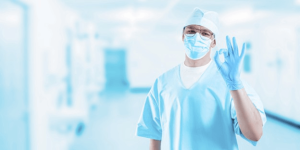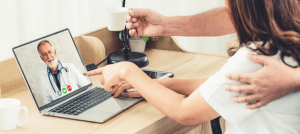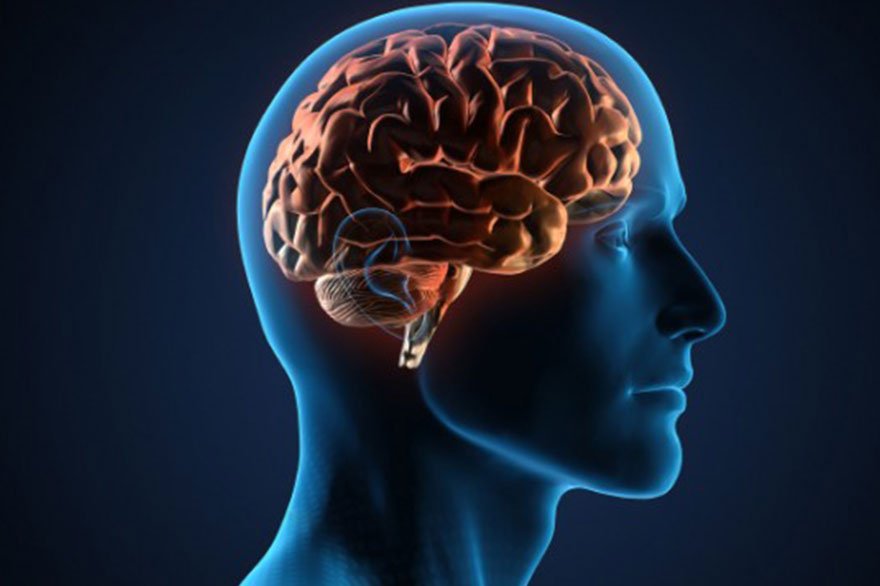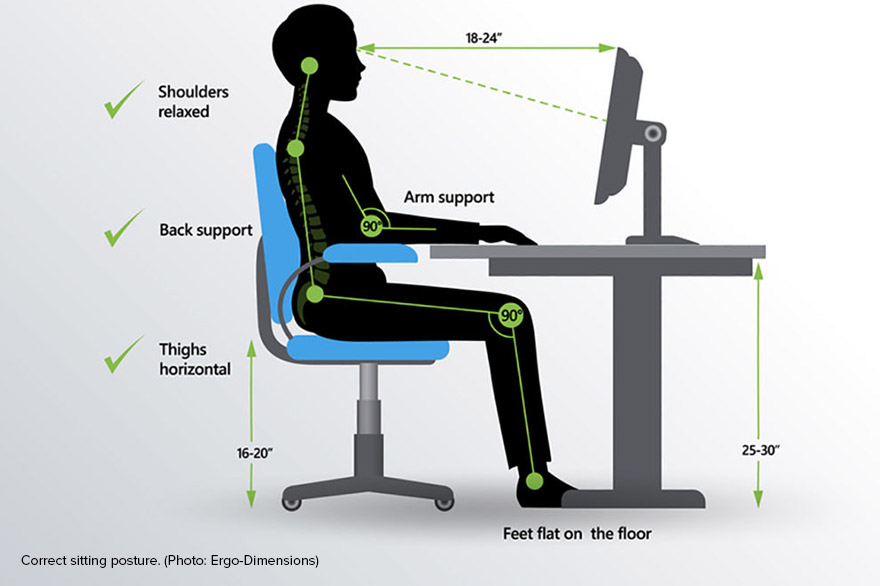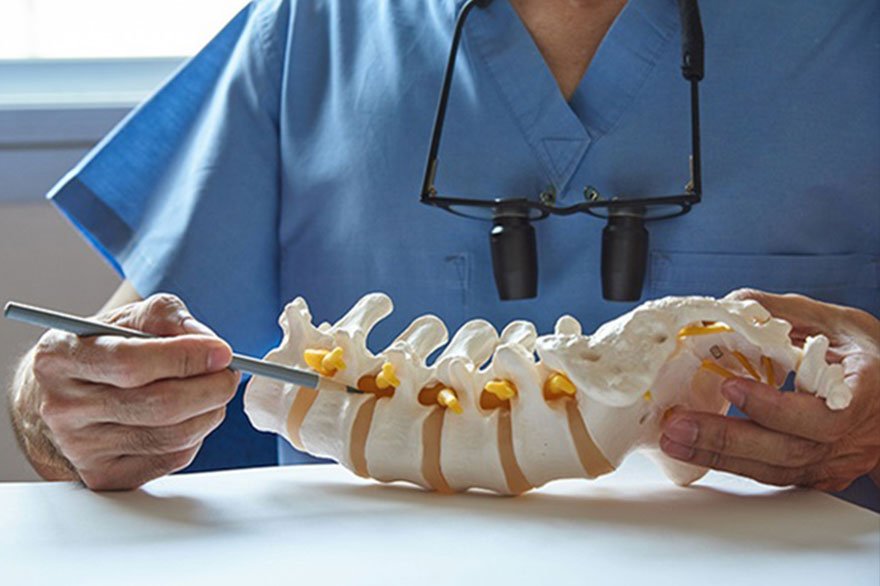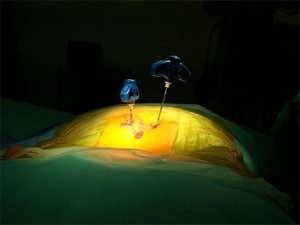Overview:
If you’ve had back pain for a long time, you might be wondering if spine surgery is your only option for relief. Surgery is sometimes actually the only option. There is, however, some good news. Non-surgical treatments, also known as non-surgical conservative therapies, can treat the vast majority of back problems.
Ageing, poor body mechanics, trauma and structural abnormalities can all cause damage to your spine, resulting in back pain as well as other symptoms like leg pain, numbness and leg weakness. Chronic back pain is a condition that is usually diagnosed and treated by a team of medical professionals especially in Neuro Wellness services centre is your best choice for treatment of brain and spine related problems. Consider seeking the advice of several spine specialists before deciding on surgery.
This time and effort invested in gathering information will enable you to make an informed treatment decision that will best support your lifestyle and desired level of physical activity.
| Type of Spine Surgery | When It’s Done | Recovery Time | Key Benefit |
|---|---|---|---|
| Discectomy | Herniated disc removal | 2–4 weeks | Pain relief, mobility restored |
| Laminectomy | Spinal stenosis | 3–6 weeks | Nerve pressure relief |
| Spinal Fusion | Instability, fractures | 6–12 weeks | Stronger, stable spine |
| MISS (Minimally Invasive) | Disc prolapse, stenosis | 2–3 weeks | Less pain, faster recovery |
What about non-surgical, conservative treatment?
Before considering surgery for any non-emergency spinal injury, a trial of non-operative treatment, such as physical therapy, pain medication, preferably an anti-inflammatory or bracing should be conducted. The duration of a conservative treatment trial varies, but it usually lasts six weeks to six months.
If non-surgical treatments such as medications and physical therapy fail to relieve symptoms, spine surgery may be recommended. Surgery is considered only in cases where the exact source of pain can be identified, such as herniated disc, spinal stenosis, spinal Listhesis and spinal tumour.
How can you tell if you need spine surgery?
When someone has symptoms in their extremities, they are recommended to see their primary care physician first. If a person has low back or neck pain, they should be monitored over time and encourage them to keep up with good, consistent physical activity to see if the problem goes away. If physical activity isn’t working, try an over-the-counter remedy.
Many patients with spinal issues can be treated without surgery. Prior to considering surgery, physical therapy, home exercises, medication and in some cases, spinal epidural injections are often recommended. If the problem still persists, surgery may be a viable option.
For example, if a patient’s neurogenic pain in the extremities is severe and non-surgical treatment has failed, surgical intervention is the best option. If non-surgical treatment fails to relieve symptoms related to spinal cord or nerve root compression, such as significant weakness in an arm, leg or limb, surgery is recommended.
Spine Surgery – imaging:
X rays- will give information about the bone quality, decided dic space, slip vertebra, ,scoliosis
MRI – will show disc prolapse, spinal stenosis, spinal tumours and adjacent structures, foraminal narrowing etc . With this surgeon can assess the requirement of surgery.
CT SCAN- clearly show bone density, soft tissue relations
DEXA SCAN shows degree of osteoporosis – so surgeon can do spine surgery if needed and start the treatment for osteoporosis simultaneously.
What should you look for in good spine surgeons in Bangalore?
A good surgeon is committed to providing excellent patient care and outcomes and is willing to learn new approaches and techniques while honing existing ones. Spine surgeons in Bangalore should also be a good communicator who is willing to spend time explaining about the exact anatomical problem in patients words and why they are performing surgery and the treatment options available.
The following conditions are fulfilled by the specialised doctors of NeuroWellness care center. They provide the best treatment and make the patient feel comfortable with full care and compassion.
Surgical approaches:
The spine can be accessed from a variety of angles, whether through open surgery or MISS. These are known as surgical approaches and they are described below:
• Anterior approach- as the name says, the surgeon approaches the spine from the front of your body, neck and through the abdomen.
• Posterior approach- an incision is made in your back for posterior approach most commonly.
• Lateral approach- the pathway to your spine runs through the side.
Implants used in spine surgery
Titanium – MRI compatible
PEEK-MRI compatible
Steel – now a days hardly any surgeon uses
Types of spine surgery:
• Microdiscetomy- advised for disc prolapse. It is the most common spine surgery done.
• Laminectomy, foraminotomy and decompression
• TLIF(trans foraminal lumbar interbody fusion)
• ACDF (anterior cervical microdiscetomy and fusion)
• Vertebroplasty and kyphoplasty
• PLIF- posterior lumbar interbody fusion
• Artificial disk replacement
Spine surgery- what is learnt!
• From past 2 decades due to advances in medical science- the complications are very minimal.
• Neuromicroscope- provides magnifications of small nerve structures, good illuminations of structures so surgeon can see clearly what is being operated.
• Microinstruments- for fine dissection.
• Highspeed drills.
• Neuro-navigation
• with all these the neurological deficits are VERY RARE- like CSF leak, nerve root injury , cord injury and motor weakness infections, Implant failure.
Summary:
Commonly most spine problems are managed by conservative approach and medical treatment. Spine surgery is when medical treatment fails to benefit. Spine surgery is advancing, it is becoming much safer in recent years due state of art and excellent outcome after spine surgery from past decade.
NeuroWellness spine and brain care center is one of the best for spine treatment , the specialised doctors and staff treat their patients with care and compassion.
Neuro wellness is also a high-ranking portal dedicated to raising public awareness about the importance of preventing, diagnosing and treating various neurological and endovascular conditions. It is one of the best neuro hospital in Bangalore.
Advanced Spine Surgery in Bangalore
“From minimally invasive spine procedures to complex spinal fusions, Neurowellness Brain & Spine Clinic provides expert diagnosis and treatment.”
FAQs
1. What are the common types of spine surgery?
Common procedures include discectomy, laminectomy, spinal fusion, and minimally invasive spine surgery (MISS).
2. Is spine surgery safe?
Yes. When performed by experienced neurosurgeons, spine surgery is safe and effective with high success rates.
3. How long does recovery take after spine surgery?
Recovery ranges from 2 weeks (MISS) to 3 months (fusion), depending on the procedure and patient health.
4. Who needs spine surgery?
Patients with severe disc prolapse, spinal stenosis, fractures, or chronic pain not improving with conservative care.
5. Where can I get advanced spine surgery in Bangalore?
Neurowellness Brain & Spine Clinic offers expert surgical and non-surgical spine care.


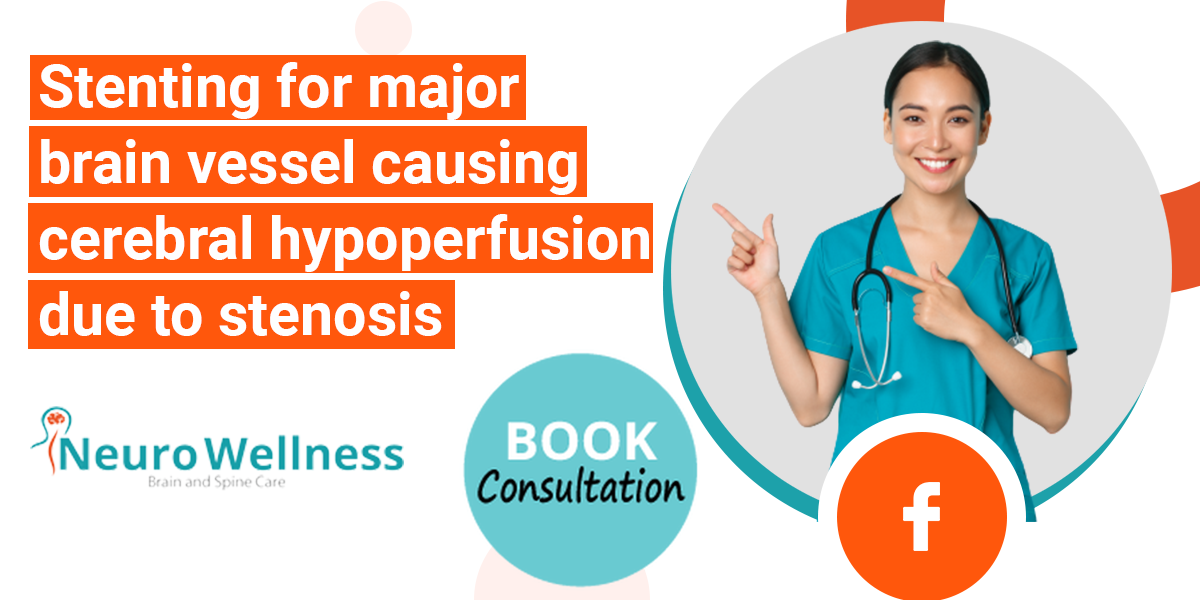
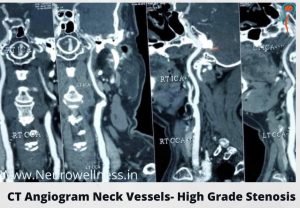
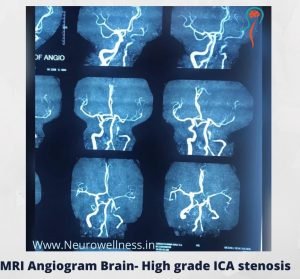
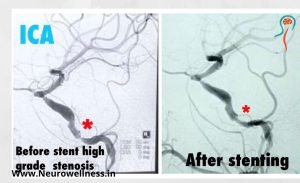

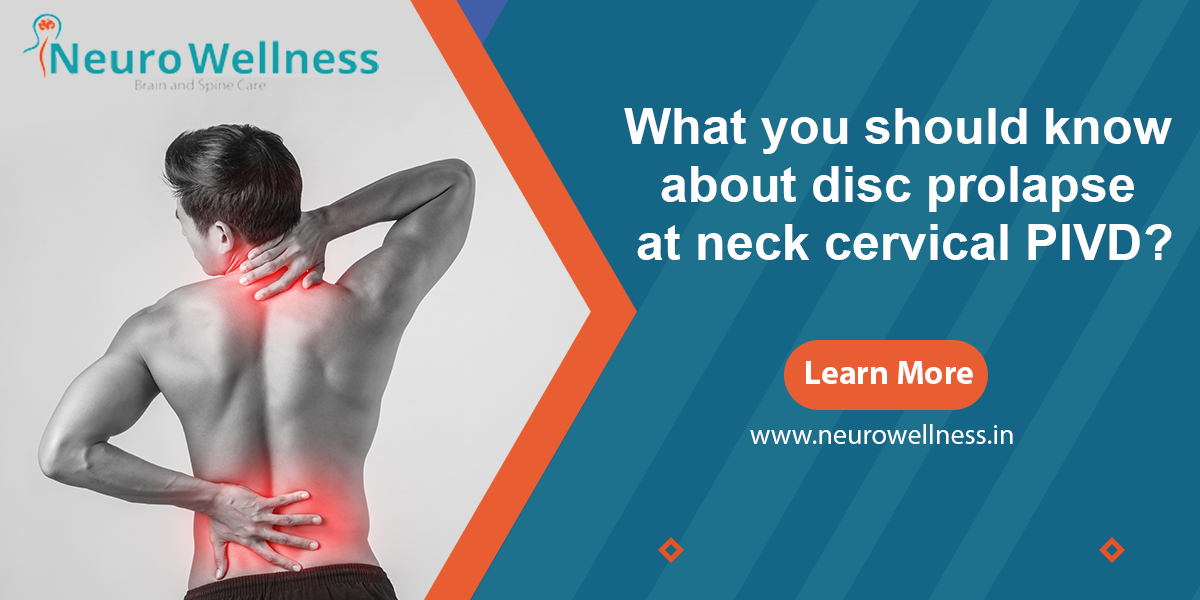
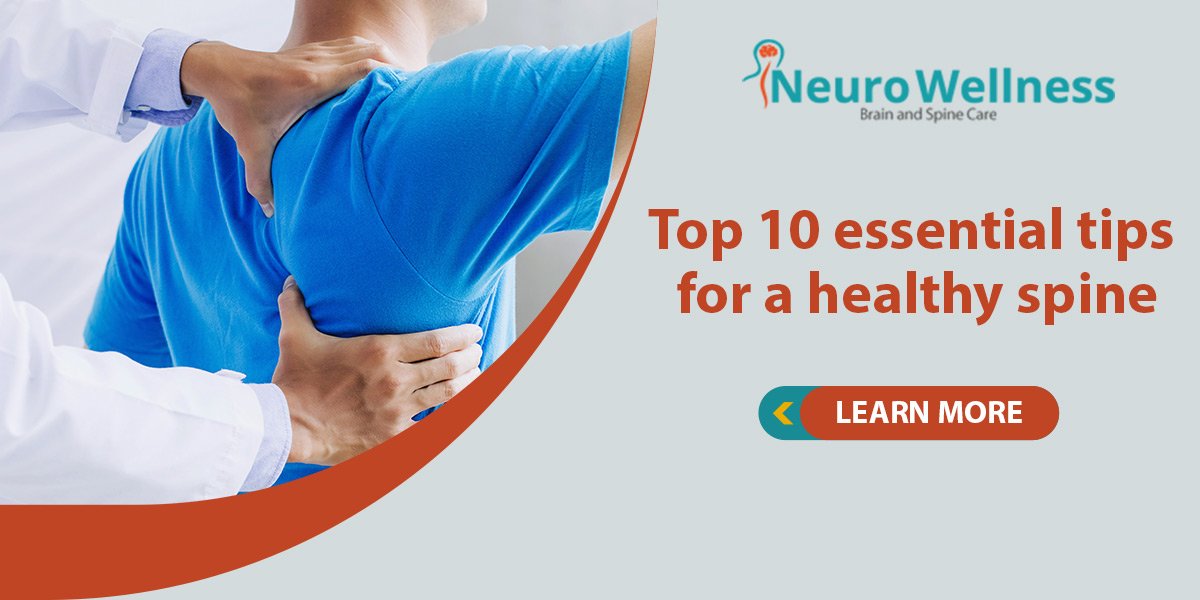
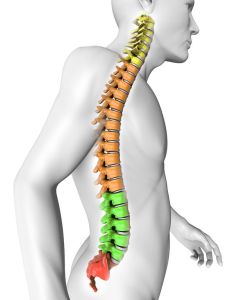
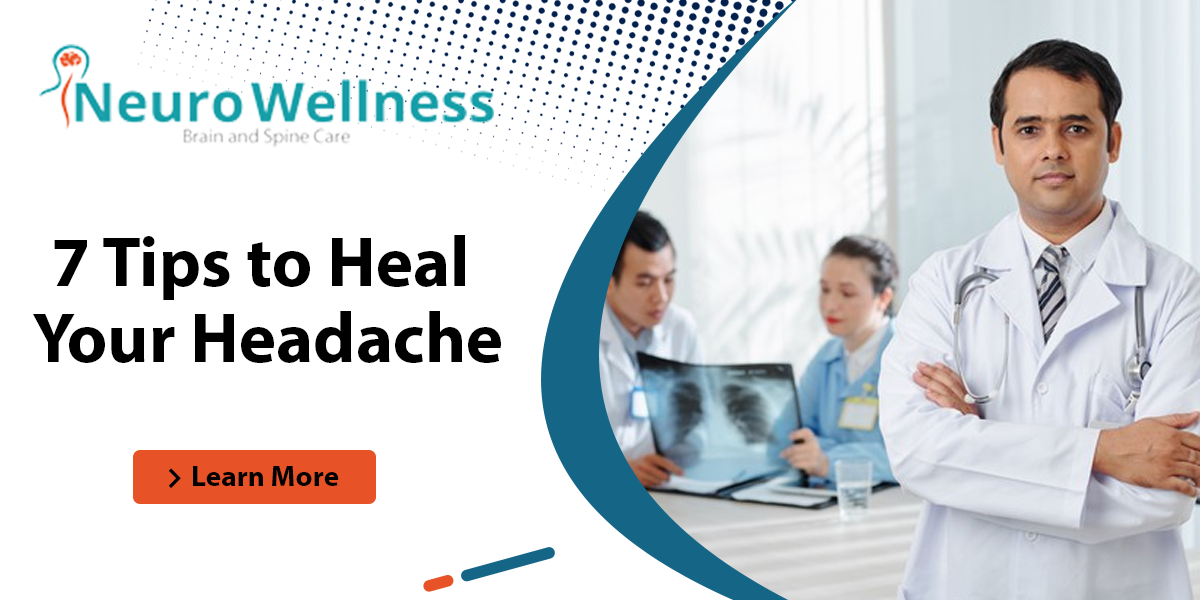

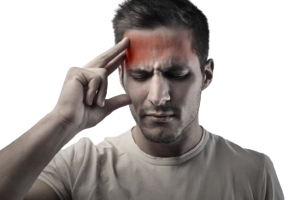

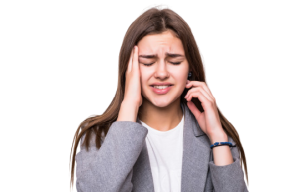
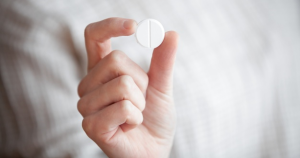



 A headache that gets worse even after you take pain medications so if you have an immediate health concern, don’t wait weeks to book an appointment with the best Headache Specialist in Bangalore.
A headache that gets worse even after you take pain medications so if you have an immediate health concern, don’t wait weeks to book an appointment with the best Headache Specialist in Bangalore.




